The Glaciers of Alaska
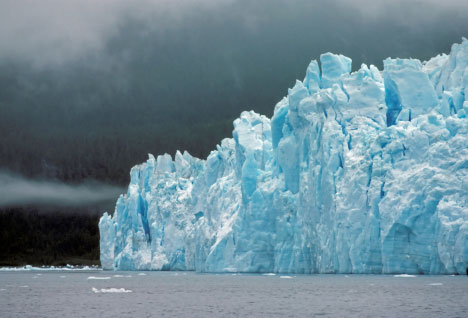
Five percent of Alaska is covered with the state’s 100,000+ glaciers. Glaciers of Alaska come in all shapes and sizes and are home to Alaska’s best ice caves. These perennial formations of ice, snow, rock and water have stuck around Alaska well past their 11,000th birthday, and a visit to one of these natural spectacles is an excellent sightseeing experience.
Mendenhall Glacier
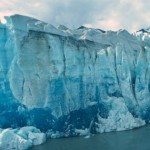 The Mendenhall Glacier is located in Mendenhall Valley about 12 miles outside of Juneau. The glacier was originally known as Sitaantaagu (“the Glacier Behind the Town”) or Aak’wtaaksit (“the Glacier Behind the Little Lake”).
The Mendenhall Glacier is located in Mendenhall Valley about 12 miles outside of Juneau. The glacier was originally known as Sitaantaagu (“the Glacier Behind the Town”) or Aak’wtaaksit (“the Glacier Behind the Little Lake”).
Tourists only need to travel the short distance from Juneau to see the 12 mile-long Mendenhall Glacier. Our Denali and Alaska Highway Tour kicks-off in Juneau where you can visit this popular glacier and visitor center. Traveling to the world’s most-visited glacier is a common trip on any Alaskan vacation.
Portage Glacier
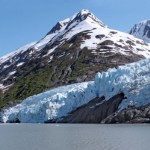 The Portage Glacier is on the Kenai Peninsula just four miles west of Whittier.and is included within the Chugach National Forest, the 2nd largest forest in the United States National Forest system. The glacier, located at the south edge of Portage Lake, filled the entire Portage Valley hundreds of years ago (a distance of 14 miles).
The Portage Glacier is on the Kenai Peninsula just four miles west of Whittier.and is included within the Chugach National Forest, the 2nd largest forest in the United States National Forest system. The glacier, located at the south edge of Portage Lake, filled the entire Portage Valley hundreds of years ago (a distance of 14 miles).
The Portage Glacier Cruise Tour is offered by the mv Ptarmigan, bringing tourists within a few hundred yards of one of Alaska’s most-visited attractions.
Glacier Bay National Park and Preserve
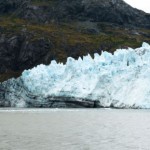 A World Heritage Site, Glacier Bay is a beautiful national park located in the southeastern tail of Alaska. No roads lead to the isolated area, but over 400,000 visitors arrive each year by plane or cruise ship to enjoy the park and world-class, breathtaking views.
A World Heritage Site, Glacier Bay is a beautiful national park located in the southeastern tail of Alaska. No roads lead to the isolated area, but over 400,000 visitors arrive each year by plane or cruise ship to enjoy the park and world-class, breathtaking views.
The glaciers in the Bay are known to create spectacular displays of ice and iceberg formation. Along with the park’s nine tidewater glaciers, tourists also enjoy the area’s diverse wildlife of grizzly and black bears, moose, otters, seals, sea lions, and the occasional humpback whale.
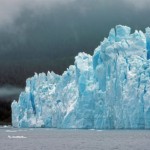 Columbia Glacier
Columbia Glacier
The Columbia Glacier on the south coast of Alaska is one of the fastest moving glaciers in the world (though still slower than a snail). According to the US Geological Survey, this Alaska glacier has been retreating since the early 1980s, but the beautiful spectacle still twists and turns through western Alaska’s Chugach Mountains.
Matanuska Glacier
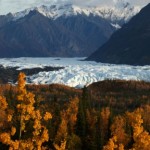 The Matanuska Glacier, about 100 miles northeast of Anchorage, is the largest glacier accessible by car in the United States. The glacier rests in the valley south of Matanuska River, creating a beautiful juxtaposition with the valley’s vibrant Alaska forest. There are many hiking and camping activities available at Matanuska, including the Edge Nature Trail, which contains several glacier-viewing platforms for this gorgeous mass of ice.
The Matanuska Glacier, about 100 miles northeast of Anchorage, is the largest glacier accessible by car in the United States. The glacier rests in the valley south of Matanuska River, creating a beautiful juxtaposition with the valley’s vibrant Alaska forest. There are many hiking and camping activities available at Matanuska, including the Edge Nature Trail, which contains several glacier-viewing platforms for this gorgeous mass of ice.
Hubbard Glacier
The Hubbard Glacier is the longest tidewater glacier in Alaska, extending 76 miles from its source on Mt. Logan. It’s also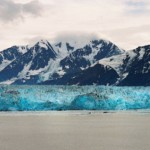 an actively “calving” glacier like those in Glacier Bay, meaning chunks of Hubbard continually break off and fall into the sea. Calving creates the ethereal creaking noise indigenous Alaskans have named “white thunder.”
an actively “calving” glacier like those in Glacier Bay, meaning chunks of Hubbard continually break off and fall into the sea. Calving creates the ethereal creaking noise indigenous Alaskans have named “white thunder.”
Which Alaska glaciers are your favorites? Tell us in the comments below.
Back to Blog